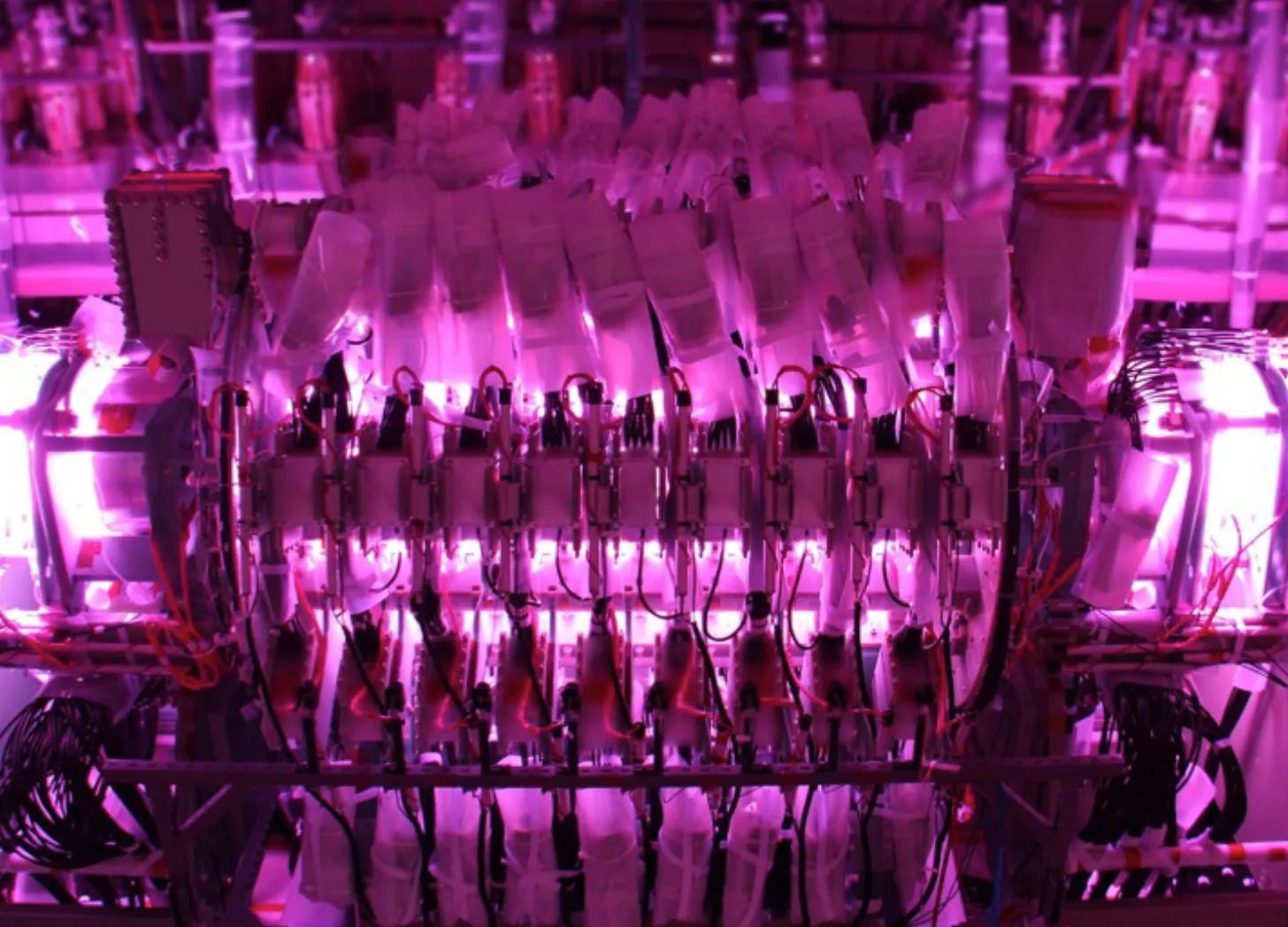'Tis the Season to Believe in Fusion
For a few minutes, let’s set aside skepticism and choose to believe that our industry has made fusion energy work.
Thinks You Gotta Know
Commonwealth Fusion System Launches New Blog: The Tokamak Times
The blog details breakthroughs in engineering and plasma research as the team works toward achieving net-positive energy production. Commonwealth Fusion Systems continues to make strides toward commercial fusion energy by integrating innovative technologies and fostering collaboration across the fusion science community.
U.S. Stellarator Research Boosts Plasma Confinement
Recent advancements in stellarator technology by U.S. researchers have improved plasma confinement, a critical factor for achieving efficient fusion energy. These developments bring stellarators closer to viability as an alternative to tokamaks, offering unique design benefits such as steady-state operation. The work underscores the diversity of approaches being explored to harness the potential of fusion energy.
Fusion Community Discusses Industry Challenges and Successes
The fusion energy community on Reddit shares their thoughts about recent industry milestones, regulatory hurdles, and technological breakthroughs. Key topics include funding challenges, collaborations between government and private entities, and the growing optimism around fusion energy as a clean, sustainable power source. The platform serves as a valuable hub for enthusiasts and experts alike to share insights and news.
Novatron Fusion Group Introduces Groundbreaking Reactor Design
Novatron Fusion Group announces a revolutionary design for its fusion reactor, promising enhanced stability and scalability. Backed by significant funding, this innovative approach could address longstanding challenges in achieving sustainable and commercial fusion energy. The breakthrough positions Novatron as a leader in the evolving landscape of advanced fusion technologies.
U.S. and UK Collaborate on $52M ST40 Tokamak Upgrade
The U.S. and UK governments have partnered with Tokamak Energy to invest $52 million in upgrading the ST40 spherical tokamak. This initiative focuses on testing lithium as a plasma-facing material to enhance performance, leveraging research from Princeton Plasma Physics Laboratory. The project represents a significant step in the global pursuit of practical fusion energy solutions.
ORNL Unveils FREDA: Advanced Fusion Reactor Simulator
Oak Ridge National Laboratory (ORNL) introduces FREDA, an all-in-one simulation platform for fusion reactor design. FREDA integrates advanced modeling tools to optimize reactor performance, streamline testing, and accelerate innovation. This cutting-edge tool represents a major leap forward in fusion research, enabling more efficient development cycles and fostering collaboration among researchers worldwide.
Suspend Your Skepticism and Let’s Believe Fusion is Deploying
BY SHAUN WALSH
The future is now: For a few minutes, let’s set aside skepticism and choose to believe that our industry has made fusion energy work. For this conversation, we will assume that Helion, CFS, Tokamak, General Fusion, Pacific, Focused, TAE, Zap Energy, and others have achieved their goals and have shippable fusion energy systems.
ARPA-E Pulsed Power Workshop, IMGs, and The California Sun
SPONSORED CONTENT
Fusion, lasers, and the beach: The ARPA-E Pulsed Power Workshop, held at UC San Diego's Center for Energy Research brought together leading experts in fusion energy and pulsed power technology. A highlight was the focus on Impedance-Matched Marx Generators (IMGs), an emerging pulsed power technology that offers superior energy efficiency (up to 90%), scalability, and cost-effectiveness for fusion applications.
Deep Dive - Helion’s Direct Drive Energy Recovery System
BY MICHAEL HEUMANN
Helion is taking bold steps toward fusion energy breakthroughs: Most electrical generation systems consume fuel to produce heat, which boils pressurized water. The superheated water usually goes through a heat exchanger, where the water in a secondary loop is turned to high-pressure steam, which spins a turbine, driving a generator. The negative of the “boiling water” approach is that there is inevitably some energy loss, and the plants are large, complex, and expensive due to the ongoing fuel consumption.
2024 in Review – Where are We on the Fusion Energy Scorecard?
BY MICHAEL HEUMANN
While advancements abound, uneven progress persists by region: Like most evolving technical innovations, fusion energy’s forward progress varies in different parts of the world and is impacted by occurrences and milestones, many of which are neither scientific nor engineering (or even necessarily fusion-related). Let’s investigate some of those milestones and occurrences worldwide and see what their impacts have been and may be on the progress towards commercialization of fusion energy worldwide, and in the leading regions of the world pursuing fusion energy.












